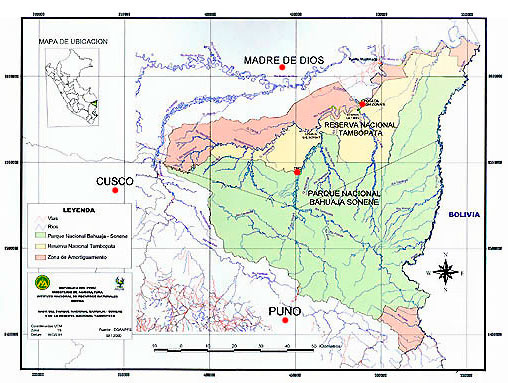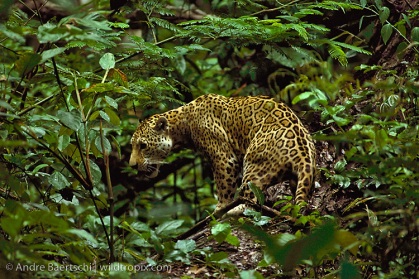by Alex Burr
Gorongosa National Park is located in Mozambique, Africa. Before a civil war destroyed the natural terrain and pushed many of the native species out, Gorongosa was a beautiful wild place. Now locals in Mozambique and many people like us across the world are trying to preserve the area and research the native species there. WildCam Gorongosa is a set of images from motion-detecting cameras located in the park and data from those images that help scientists do research on the species living there. From this online platform, we developed research questions that could be answered with that data.
We took these questions and as a team, decided that our single collective research question was to see if elephants or monkeys would stay in groups more as it was the most interesting and complex question our team thought we could research most effectively in this time span. We thought that elephants would tend to stay in groups and subsequently be photographed more in groups than monkeys would because elephants form deeper emotional bonds with each other than monkeys do with other monkeys (Defenders of Wildlife).
To gather evidence for our hypothesis, we went to WildCam Gorongosa and filtered out the irrelevant data to our project, such as what season it was or the distance to the nearest water source. Next we categorized the number of elephants and monkeys photographed into pictures of that species alone or in groups. From there we were able to get precise data on the total number of each species photographed alone and in groups, and therefore derive the percentage of elephants and monkeys photographed in groups. Overall, elephants were found in groups 45.4% of the time compared to monkeys being found in groups 39.3% of the time, therefore elephants were about 5% more likely to be found in groups than monkeys in Gorongosa National Park, according to our research.
To explain this trend, our group did more research on the behaviors of both monkeys and elephants native to Mozambique, Africa. We found that young monkeys stay with their mothers for a much shorter time than young elephants do: 3 weeks to 3 years, respectively. Additionally, we learned that besides deep emotional and familial bonds, elephants stay in packs to protect their calves who can be prey to lions and other large predators (Defenders of Wildlife). On the contrary, vervet monkeys have a strict hierarchy that dictates that males must leave the pack after childhood and become part of a new pack, seemingly to prove themselves as adults (African Wildlife Foundation). For these reasons, elephants are more likely to be found in groups than monkeys.
While the research our group did supports our findings, our data set was limited; we analyzed only two species. To further our research, we could see how elephant and monkey groups compare to the groups of other species living in Gorongosa. Additionally, we could compare elephant and monkey groups of Gorongosa to other wild places’ groups to get a larger data set for our original research question.
Although the data set may have been limited, I enjoyed working on this question. This research project has not only taught me more about Gorongosa National Park, it has also expanded my knowledge and interest in the behaviors of wild animals. Research like this being done by people across the world is helping revitalize this once war-torn national park, and furthering humankind’s understanding of species’ behavior as well. It is important to study places like Gorongosa National Park now, so that we can learn as much as possible about Earth’s wildlife before humanity destroys another beautiful place.
African Wildlife Foundation http://www.awf.org/wildlife-conservation/vervet-monkey
Defenders of Wildlife http://www.defenders.org/elephant/basic-facts

 (
( http://www.go2peru.com/peru_guide/tambopata/tambopata_map.htm
http://www.go2peru.com/peru_guide/tambopata/tambopata_map.htm